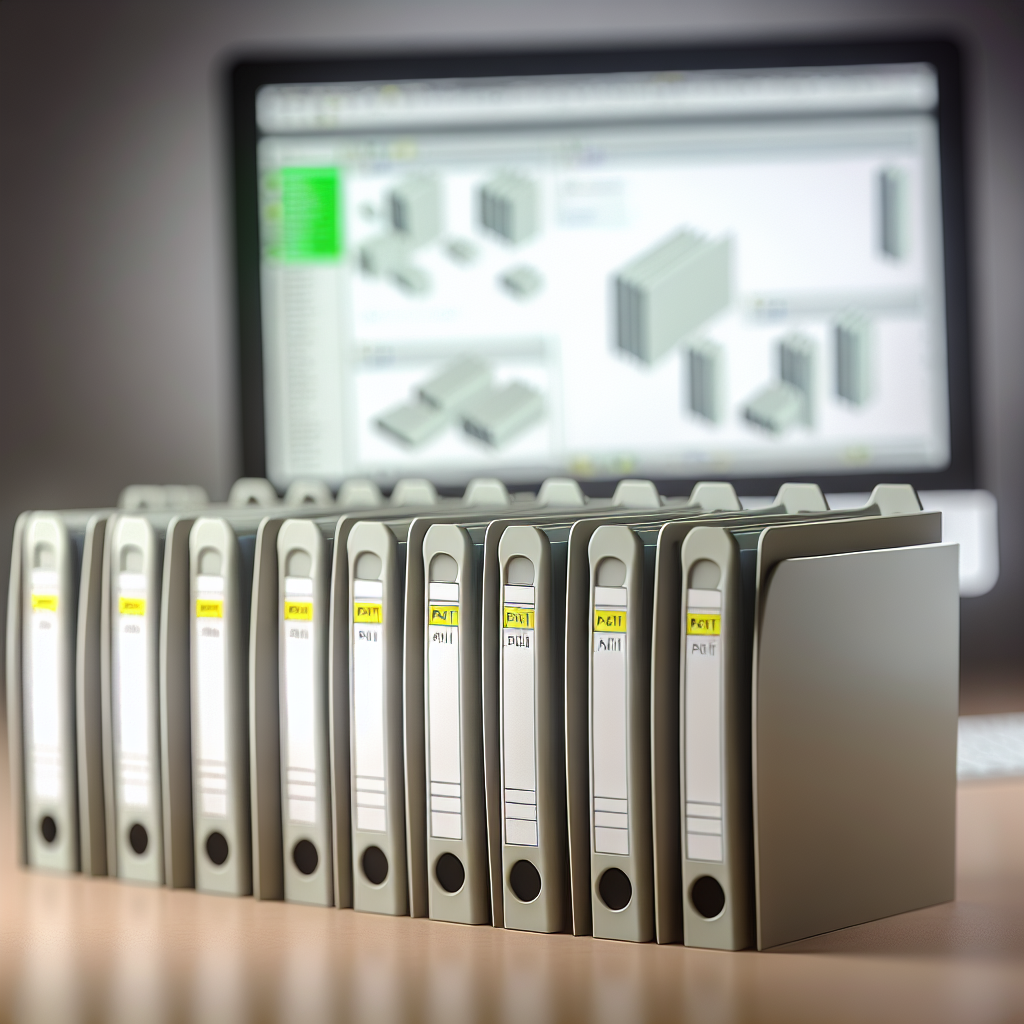Managing and maintaining **Revit family file backups** is essential for ensuring project stability, avoiding data loss, and streamlining workflow. In this article, we’ll explore **the easiest way** to clean and organize your Revit family backups, helping you save time and keep your files optimized for performance and reuse. Whether you’re a beginner or an experienced user, these simple tips can make a significant difference.
Understanding Revit Family Backup Files
Before diving into cleanup methods, it’s important to recognize what Revit family backup files are and why they accumulate over time. When you work on a Revit project, the software automatically creates backup versions of your family files, typically stored in the same directory as the original. These backups serve as safety nets, allowing you to revert to previous iterations if needed. However, as projects evolve, these backups can multiply and clutter your folders, leading to confusion and reduced file management efficiency.
Backup files usually have filenames ending with _backup or contain version numbers. Over time, hundreds of these files can be stored, many of which are outdated or unnecessary. Regular cleaning not only declutters your workspace but also improves system performance, especially when working with multiple large families across several projects.
The Easy Way to Clean Revit Family Backups
Cleaning your Revit family backups can be straightforward if you approach it systematically. Here are *the essential steps* to automate and simplify the process:
- Locate Your Family Backup Folder: Typically, backup files are stored in the same folder as the original family files or in a dedicated backup directory. Identify this location to target your cleaning process.
- Use Automated File Management Tools: Instead of manually deleting files, leverage simple scripts or file management tools that can automate the cleanup. For example:
- Batch files for Windows or Automator workflows for Mac can be configured to delete backup files older than a specified date.
- Third-party cleanup utilities like CCleaner can be customized to scan specific folders for outdated files.
- Implement Filtering Rules: When deleting, ensure you’re only removing files that are truly obsolete. Use filters to keep recent backups or specific versions if needed. For example:
- Delete files with names containing _backup and older than six months.
- Retain the most recent backup files for each family.
- Schedule Regular Maintenance: Make cleaning a routine task. Set reminders or configure scheduled tasks to run cleanup scripts weekly or monthly. This proactive approach prevents backup accumulation from becoming overwhelming.
By automating the cleanup process, you ensure your Revit backup folders stay organized, saving disk space and reducing confusion during project revisions.
Additional Tips for Effective Backup Management
Beyond the basic cleanup, consider these best practices:
- Use Cloud Storage or Version Control: Use tools like Dropbox, OneDrive, or dedicated BIM management platforms to store backups externally. Version control systems like Git can also track changes efficiently.
- Rename Important Backups: Keep critical backups labeled with meaningful names, dates, or version numbers for easy retrieval.
- Regularly Review and Purge: Periodically assess which backups are unnecessary and delete them to prevent storage bloat.
With these strategies, you can maintain an optimized, clutter-free environment for your Revit families, minimizing errors and maximizing productivity.
In summary, managing Revit family backups effectively involves understanding where these files are stored, using automation tools to delete outdated backups, and maintaining a regular cleaning schedule. Applying these simple yet powerful techniques helps keep your project files organized, saving time and enhancing overall efficiency. Embrace these practices to streamline your Revit workflow and safeguard your valuable design assets.
